Projects
Holding Back the Snowpack
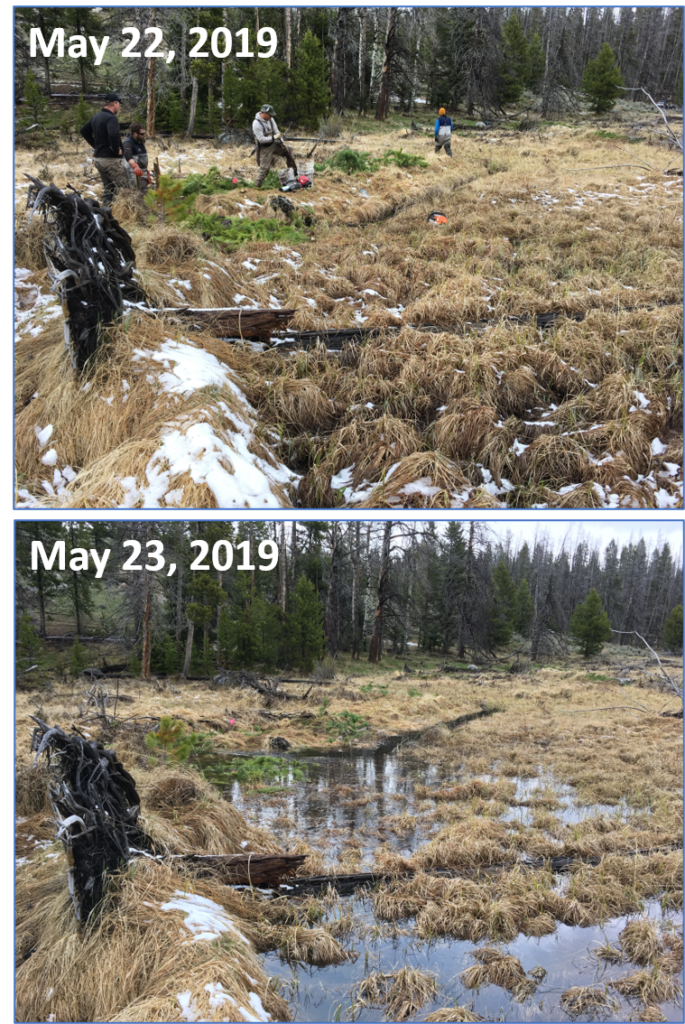
This project demonstrates on-the-ground solutions that land managers can use to adapt to a changing climate future. Climate scenarios predict wetter, hotter conditions in Southwest Montana and a change in snowmelt patterns. We demonstrate restoration techniques that slow snowmelt when it is abundant so that more is available later in the season. BHWC is committed to enhancing natural water storage on the landscape as a drought management and climate adaptation tool.
Visit our YouTube channel for more project videos.
Keeping water on the landscape for longer periods of time has been a priority for BHWC for nearly 15 years. Low-tech, process-based restoration projects are just one way we accomplish this goal. We often use Beaver Dam Analogues (BDAs) to store water on the landscape. Similar to natural beaver dams, BDAs slow water velocity, allowing sediment to settle and build up behind them. As the sediment accumulates, the streambed rises and with it the elevation of the surrounding water table. The BDAs also enable the stream to overtop its banks and reconnect with its floodplain, improving water availability for surrounding grasslands. BDA projects such as this one help to prolong peak flows, maintain base flows, lower water temperatures, and capture sediment.
These projects were funded by the Wildlife Conservation Society’s Climate Adaptation Fund, which awarded BHWC $250,000 for natural water storage and climate resilience projects in 2017.
Project Results
Upper East Fork Divide Creek (USFS land) – 2019
In 2019, BHWC and partners installed several Beaver Dam Analogues (BDAS) on East Fork Divide Creek. BDAs are low-tech structures that store and slow water. The project stored an estimated 97K gallons of water.
East Fork Divide Creek (private land) – 2019-2020
In the spring of 2019, BHWC and partners installed over 60 Beaver Dam Analogues (BDA) structures on a portion of Divide Creek that flows through private property. Using lessons learned in 2019, we returned in 2020 to build additional structures in strategic locations to reactivate natural offsite water storage locations. The beaver mimicry structures treated approximately 6,400 feet of stream channel, impacting 16 acres of floodplain.
Additional Project Work
WCS’s Climate Adaptation Fund also supported the development of innovative natural water storage techniques utilized on our Lower French Creek and Oregon Creek restoration projects.
People & Organizations Involved
Upper East Fork Divide Creek (USFS)
Big Hole Watershed Committee (project manager)
US Forest Service- Butte Office (landowners)
Funders
Montana Fish, Wildlife and Parks
Contractors
Water and Environmental Technologies
East Fork Divide Creek (private)
Big Hole Watershed Committee (project manager)
The Morris Ranch (landowners)
Funders
Natural Resources Conservation Service
Contractors
Project Documents
Project Photos
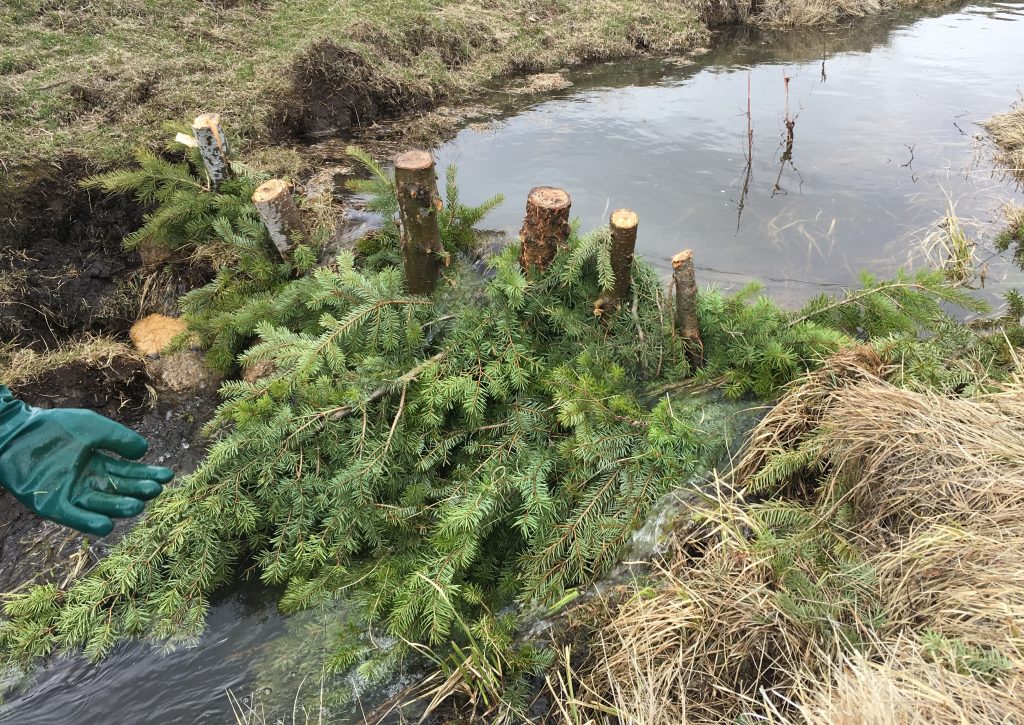
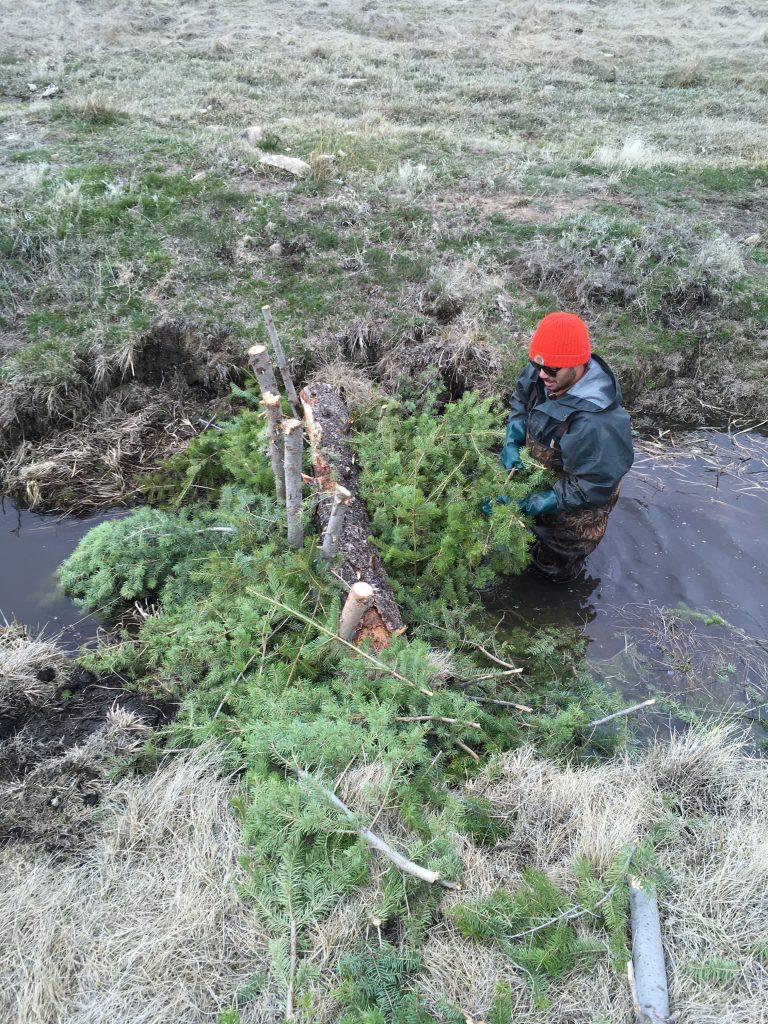

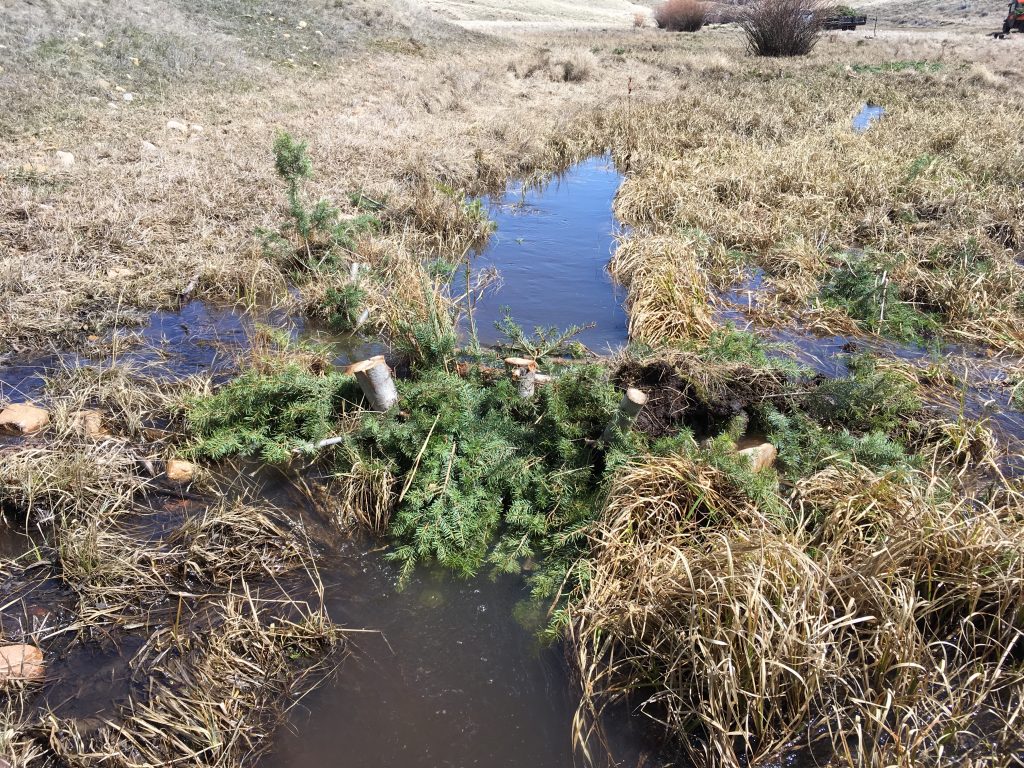
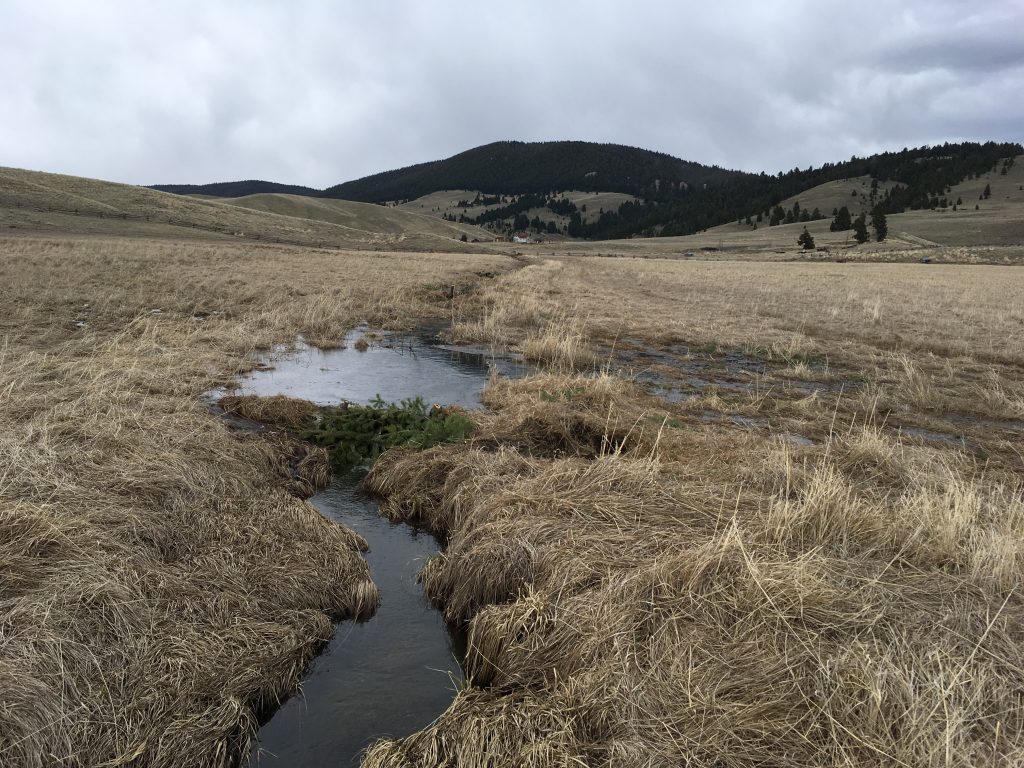
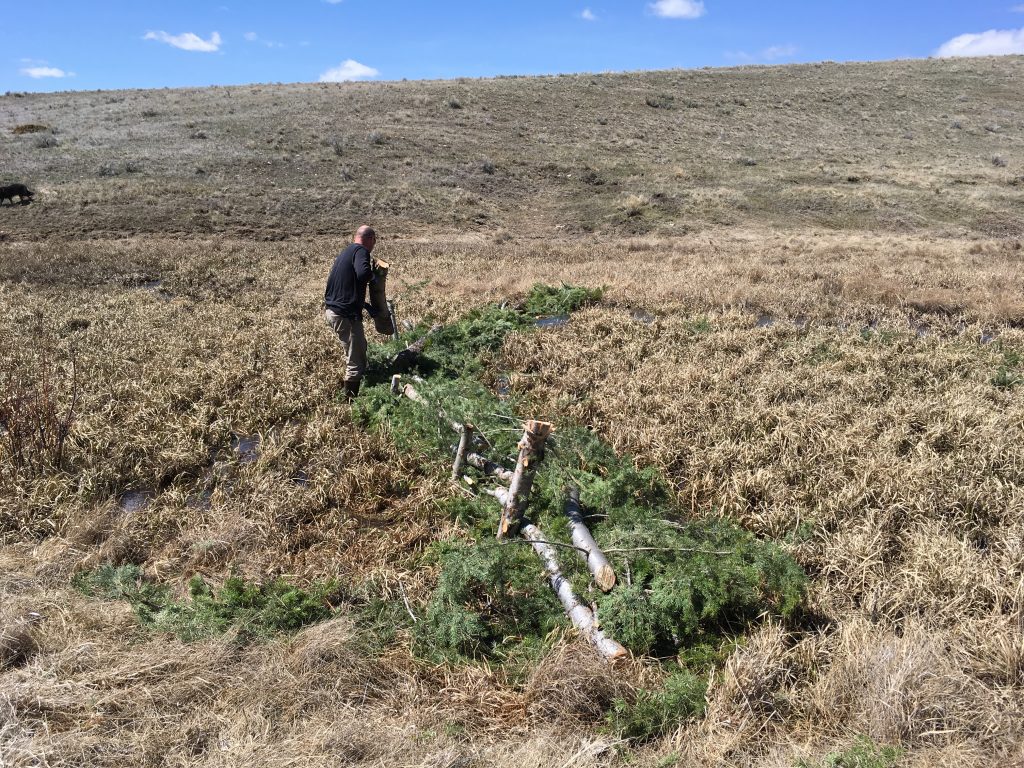
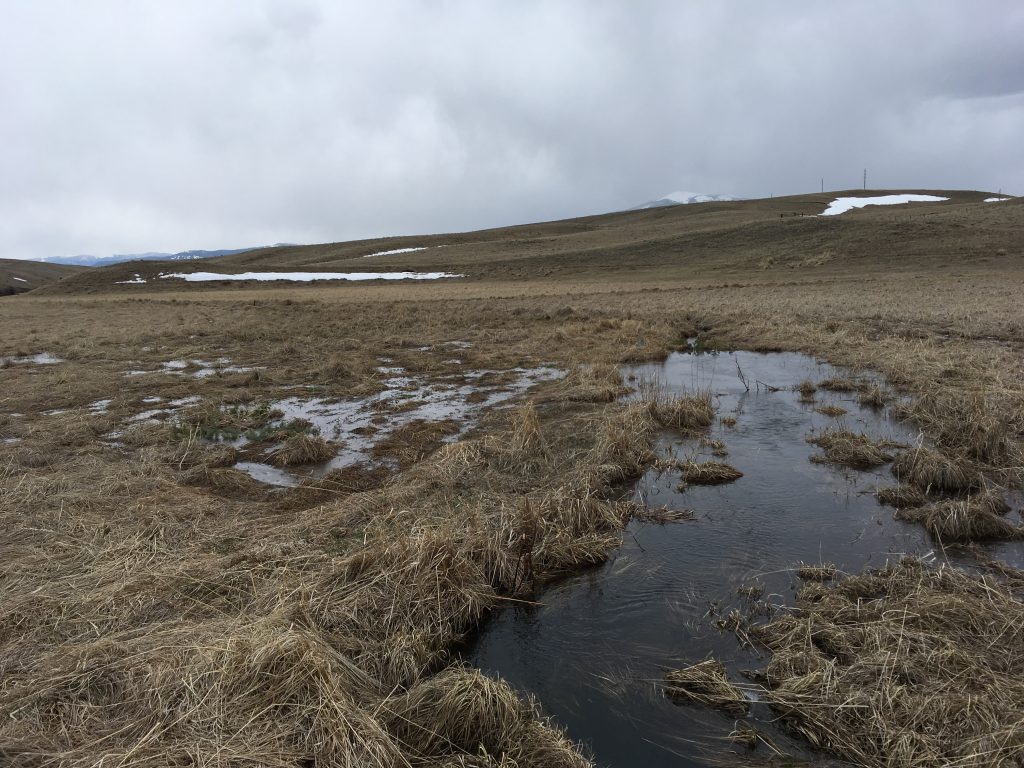
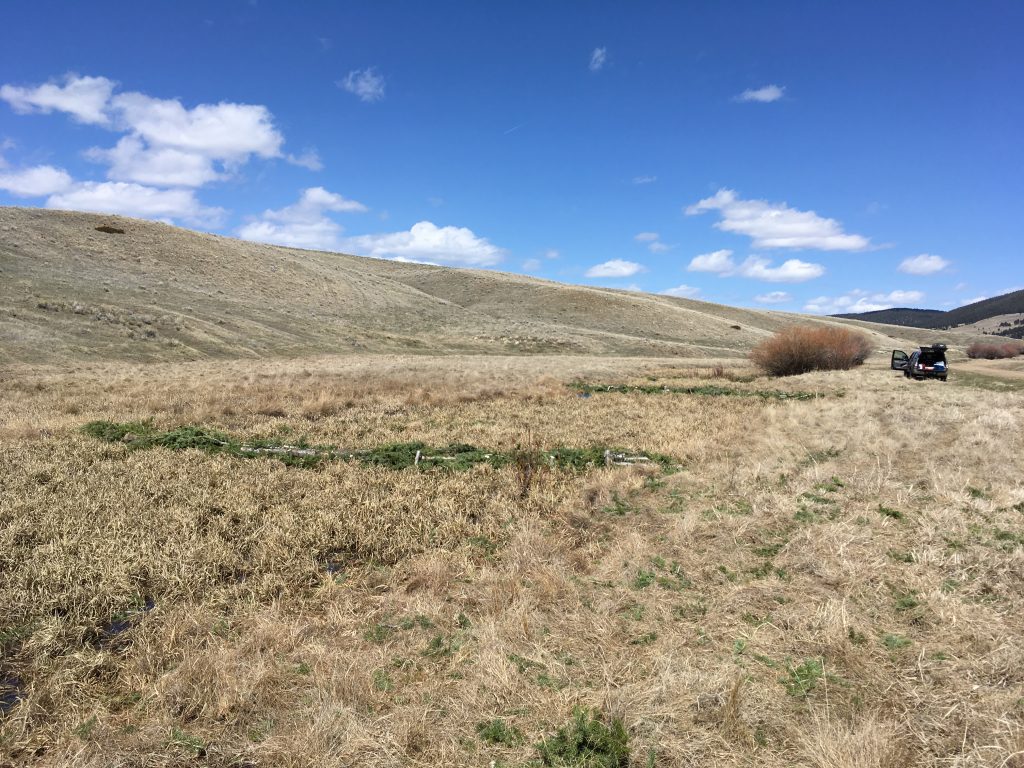
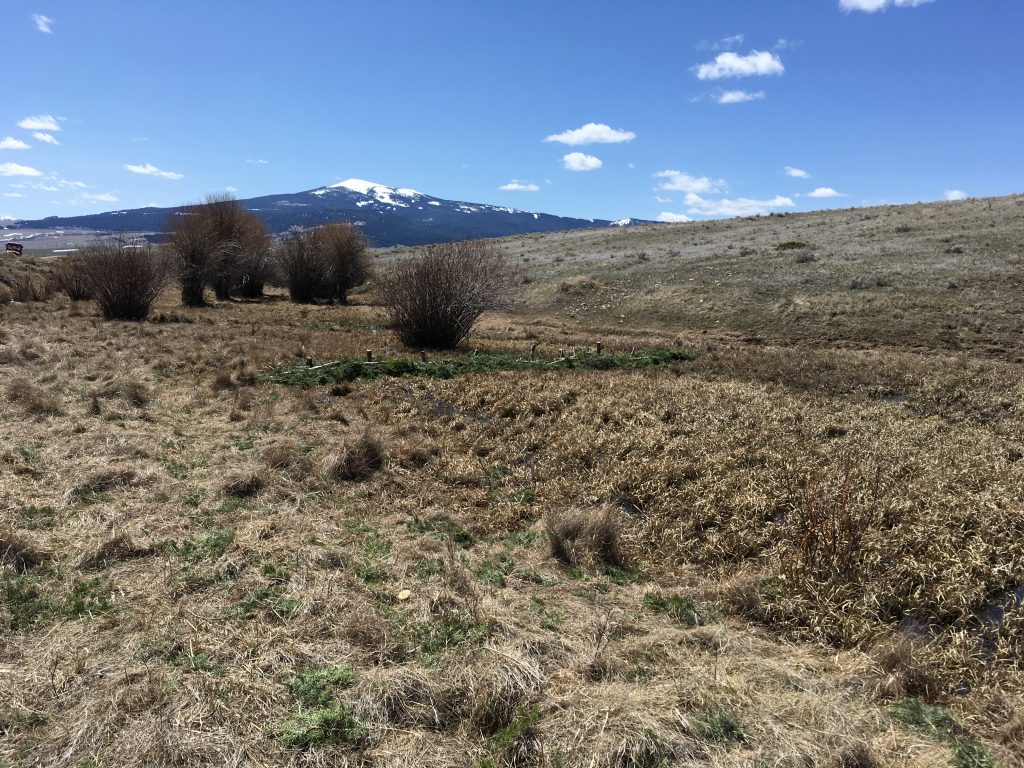
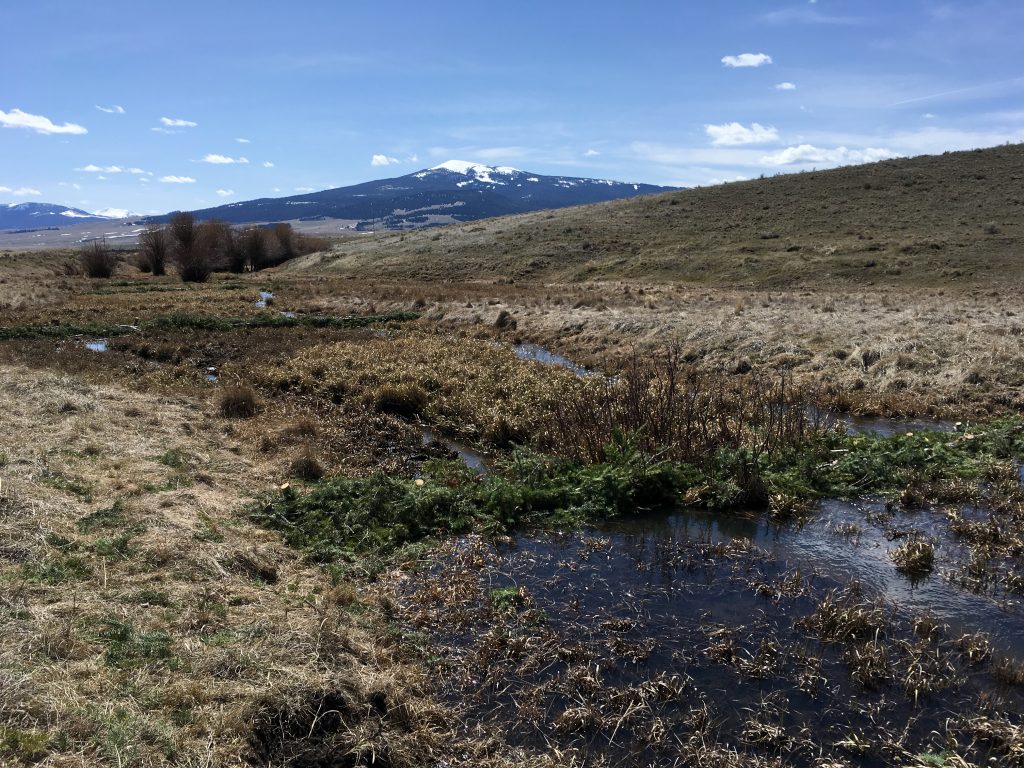
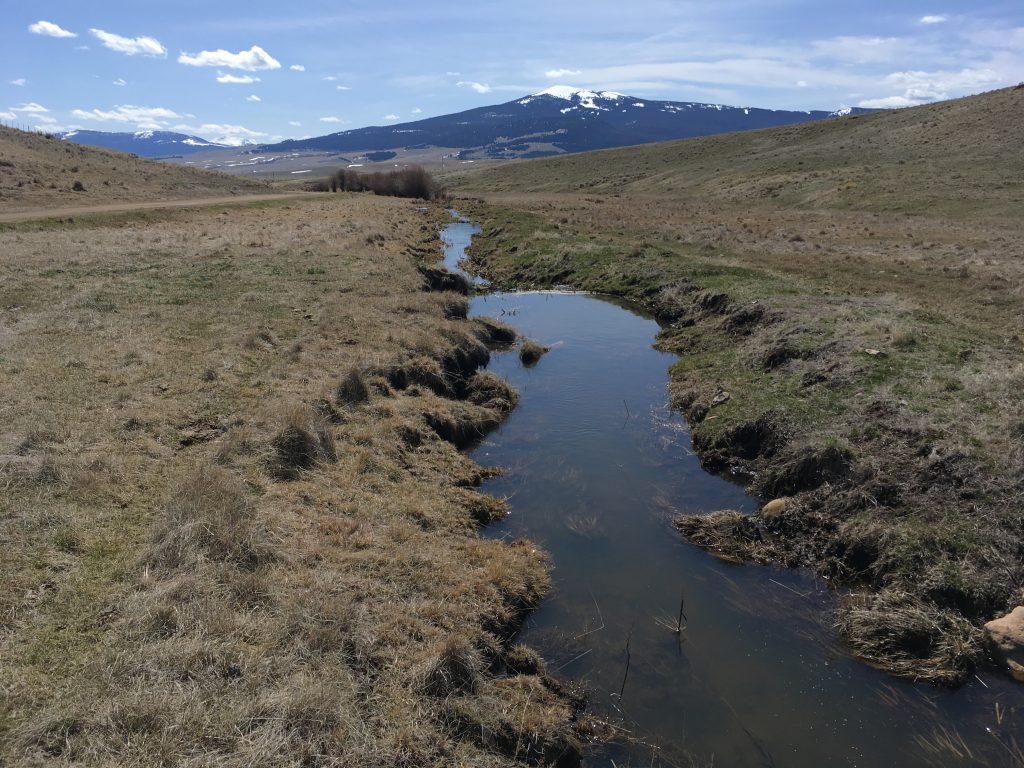
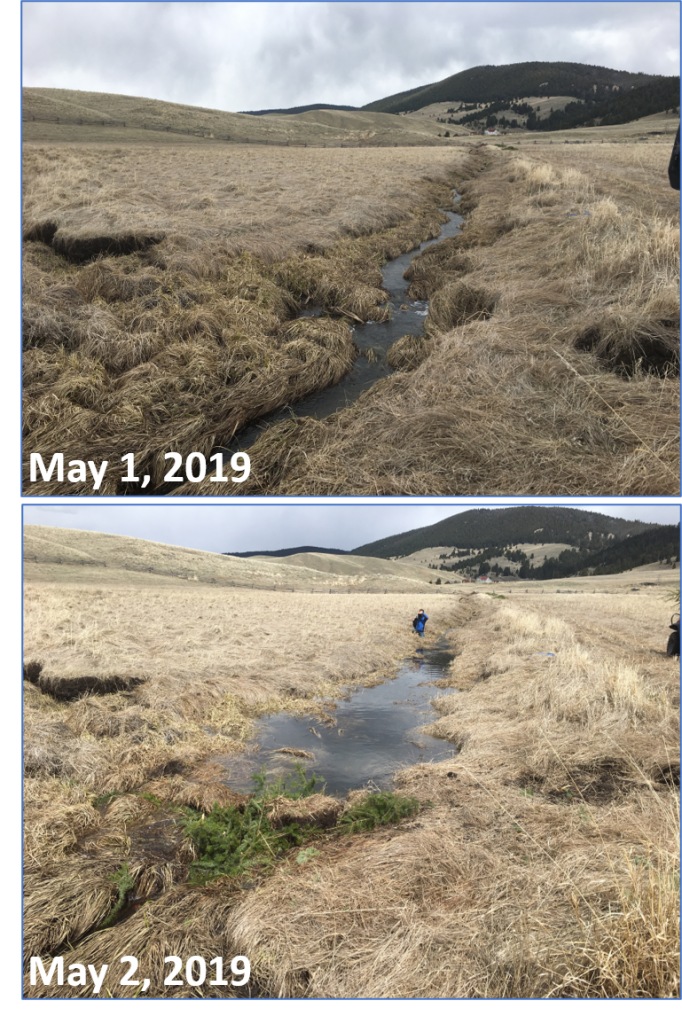
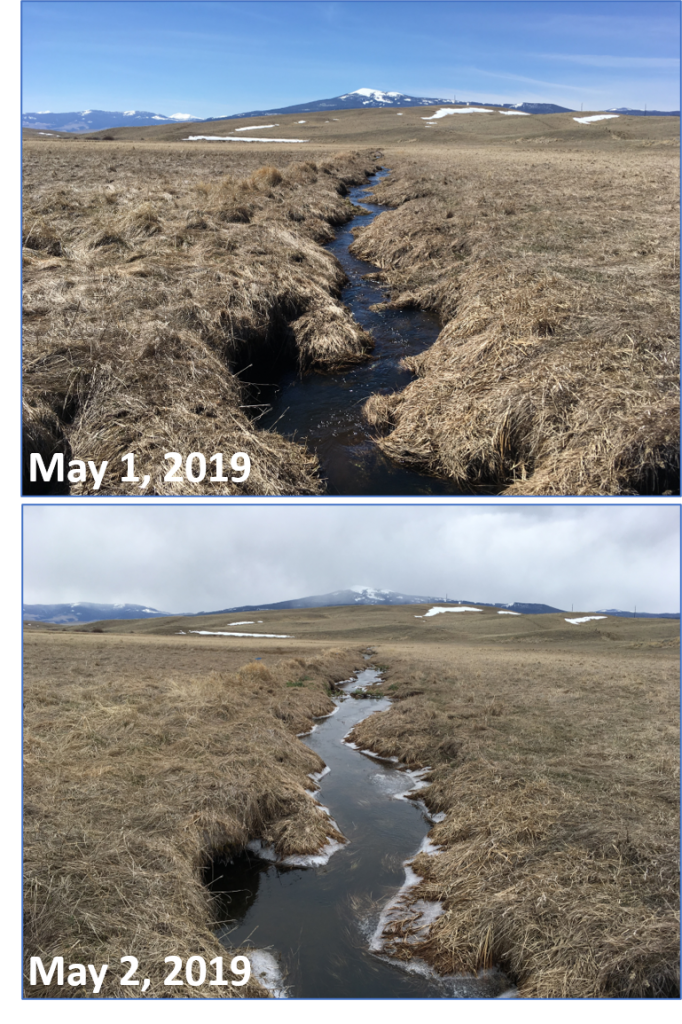
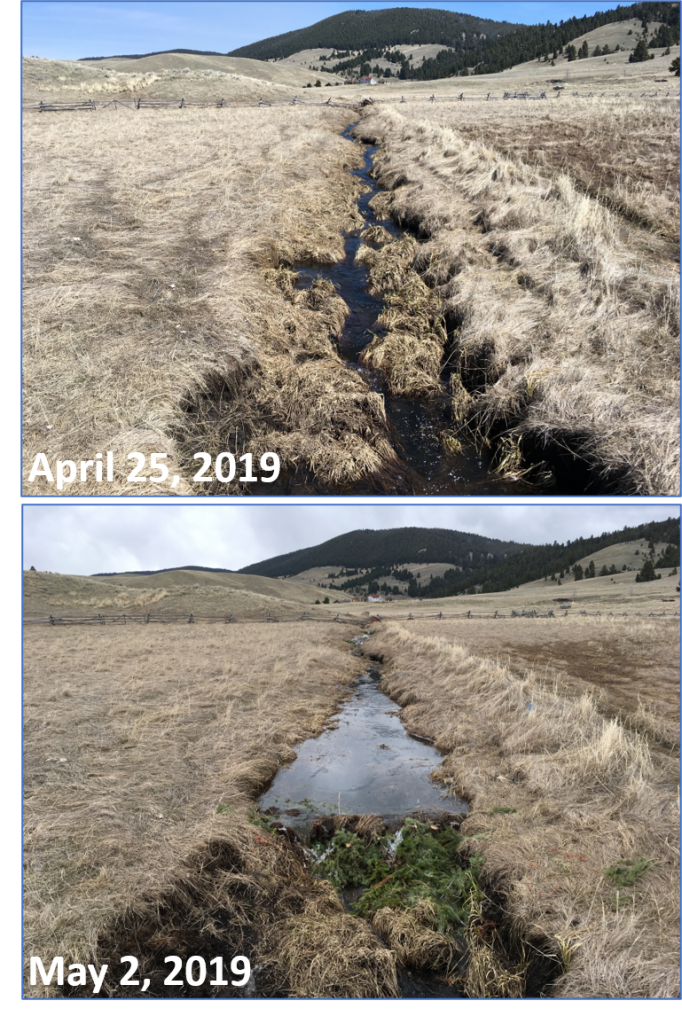
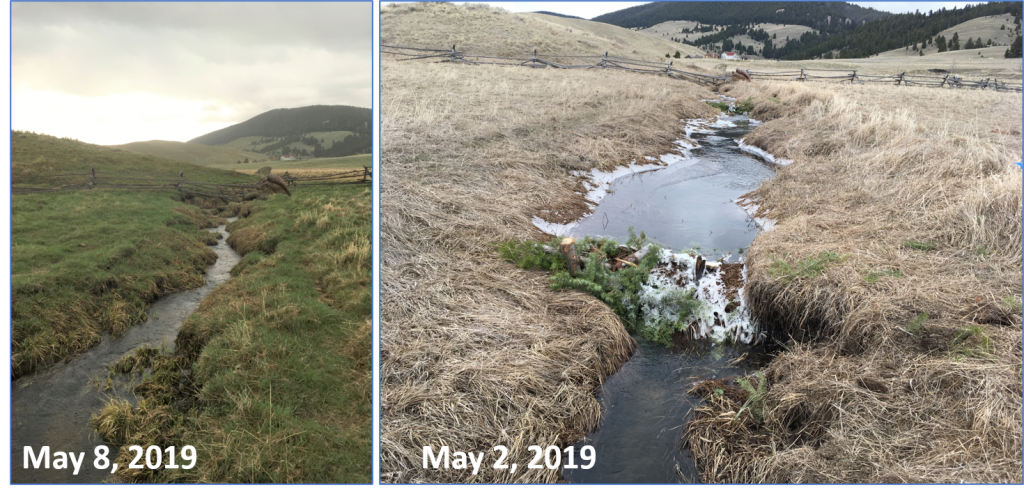
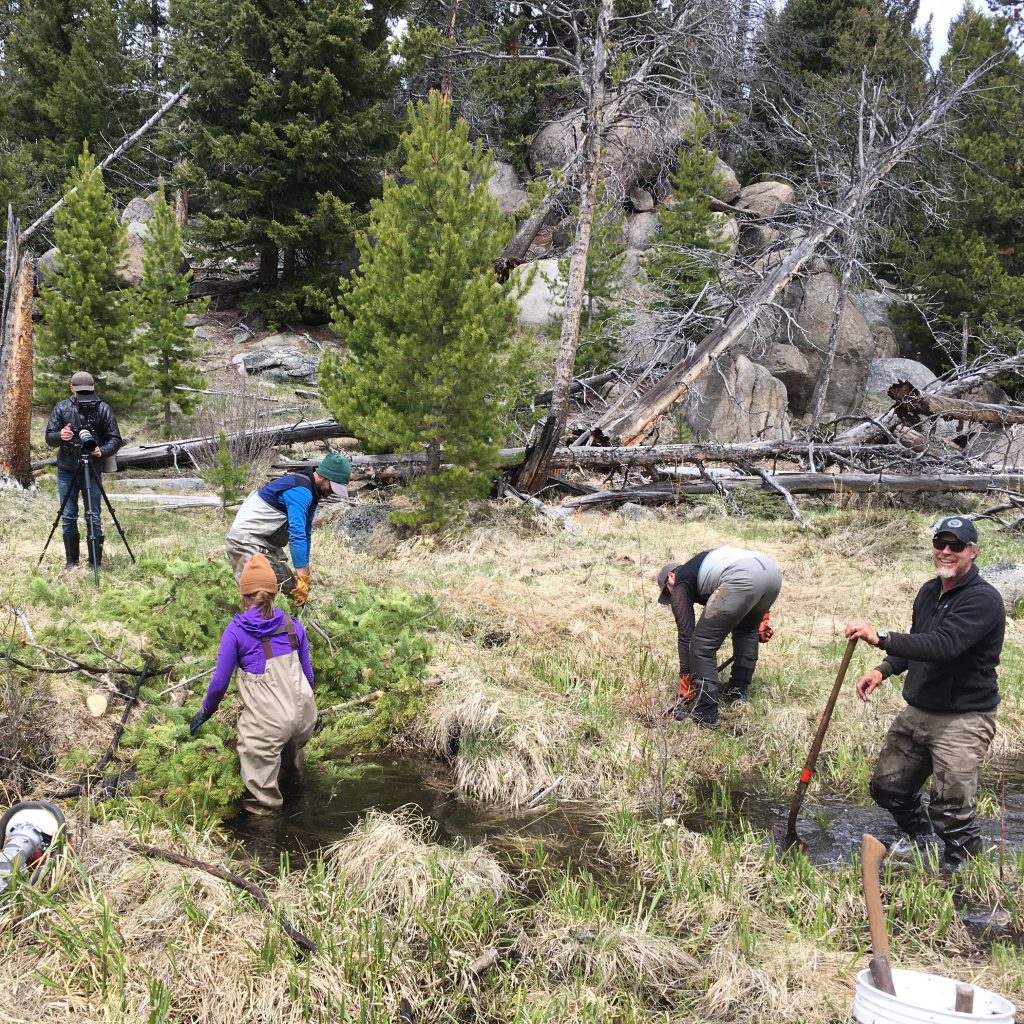
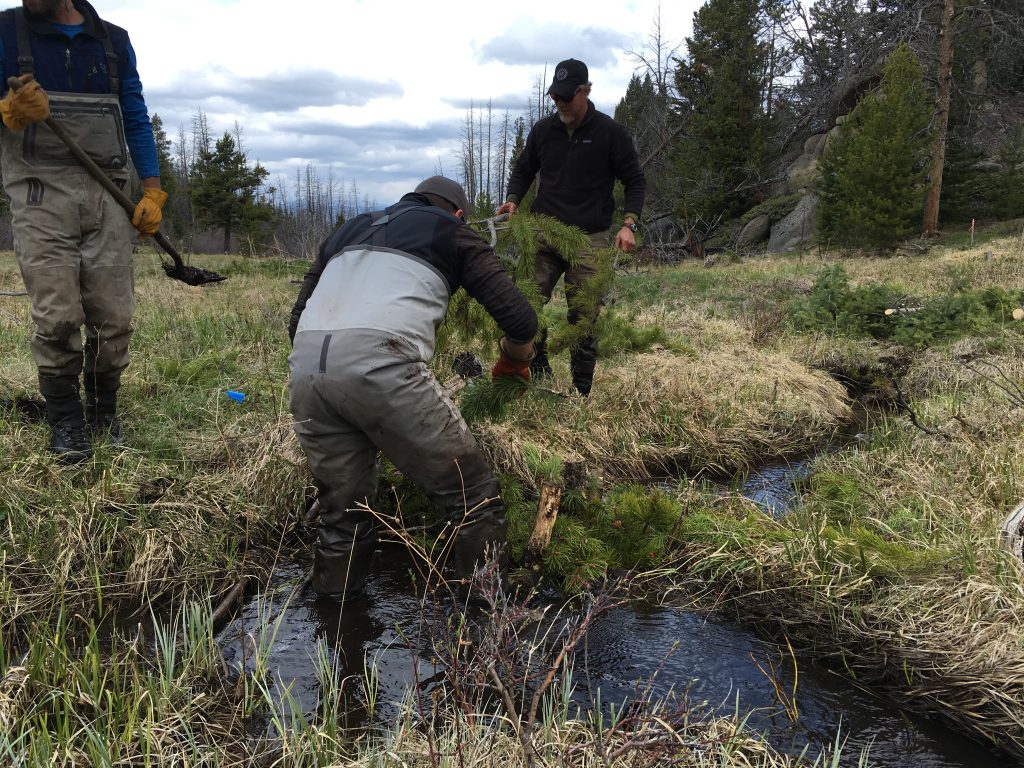
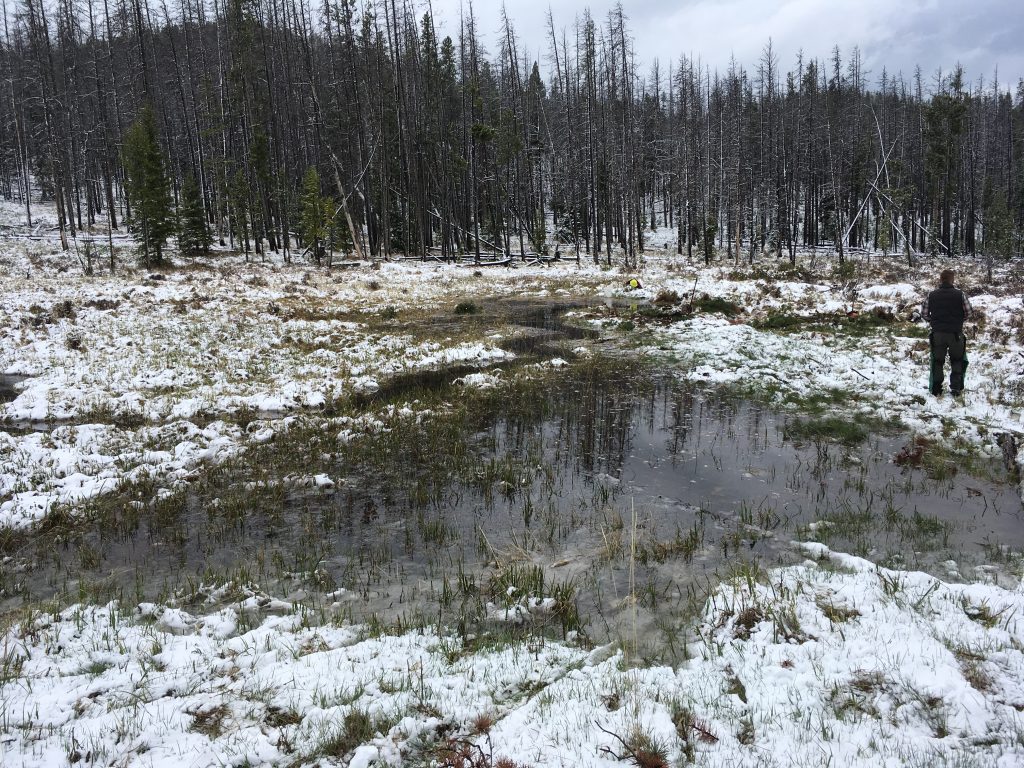
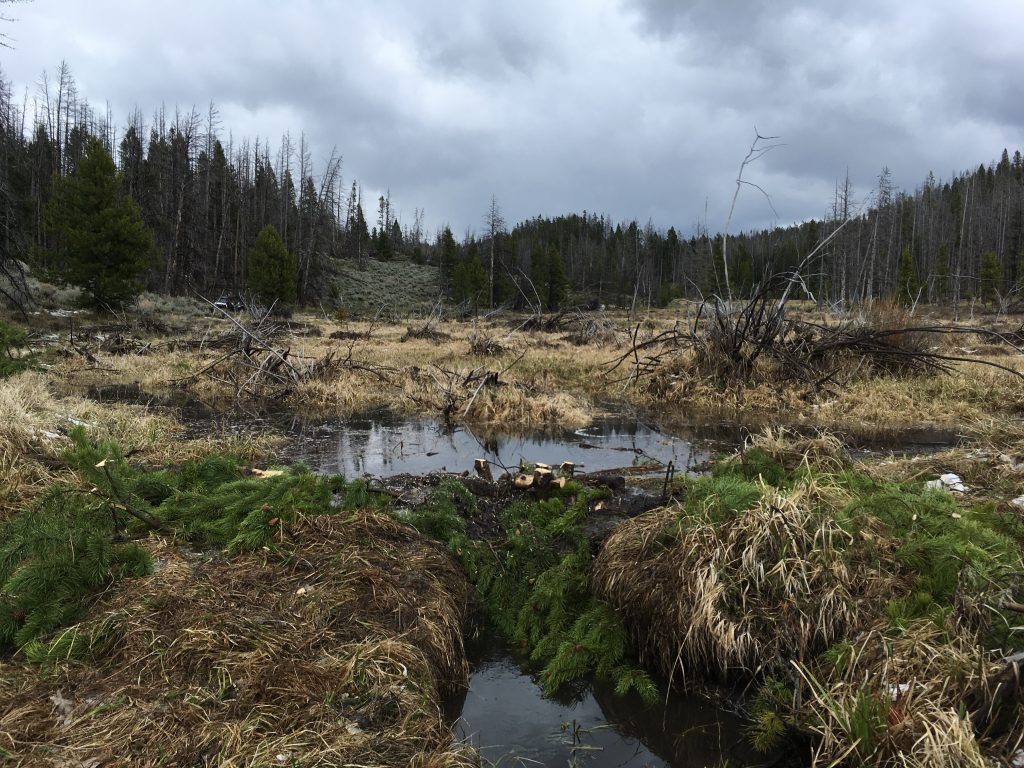
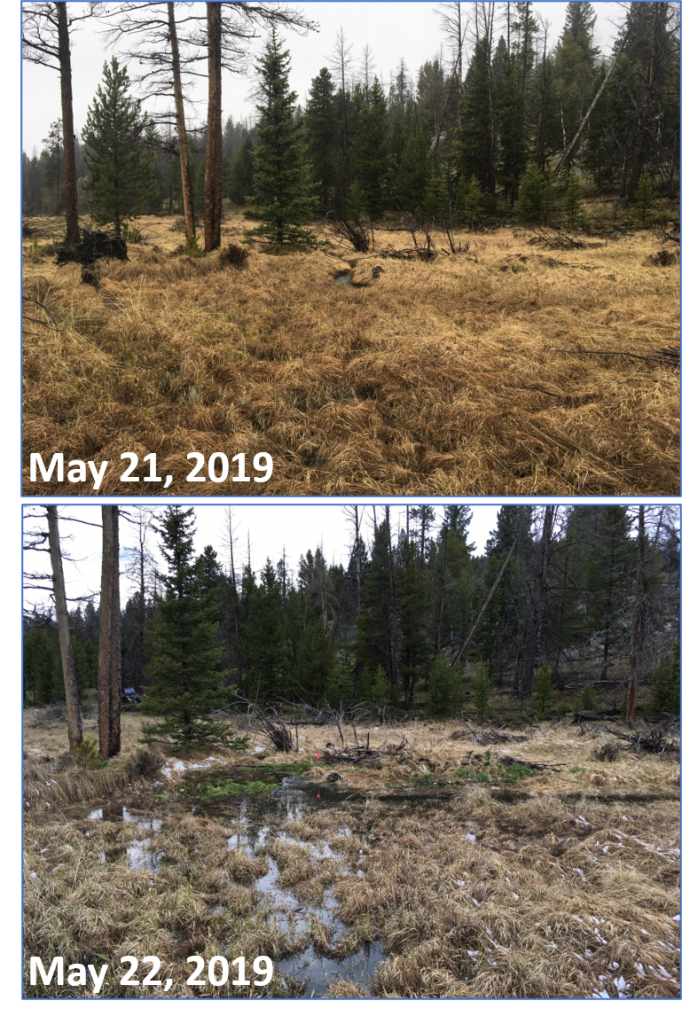
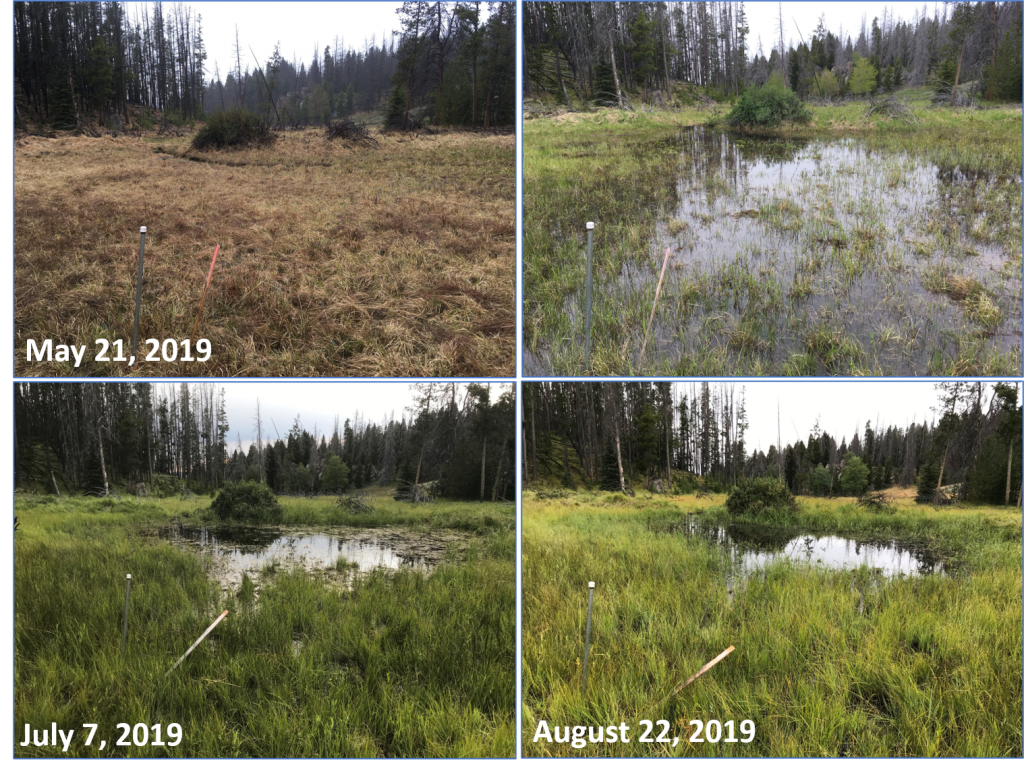
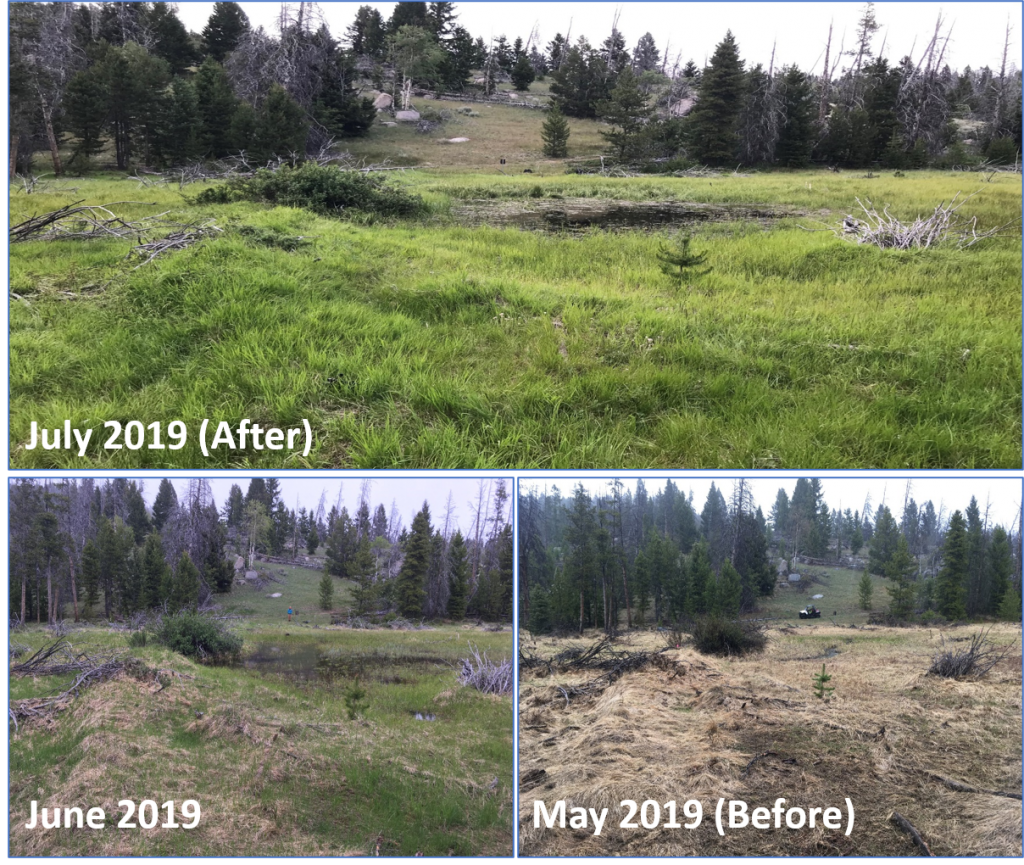
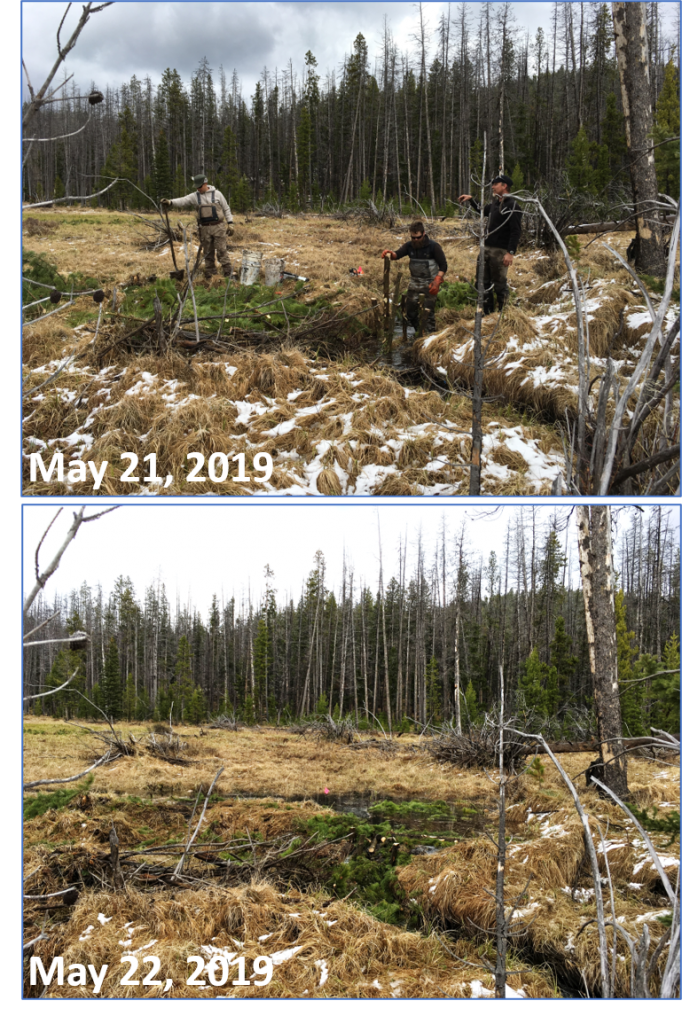
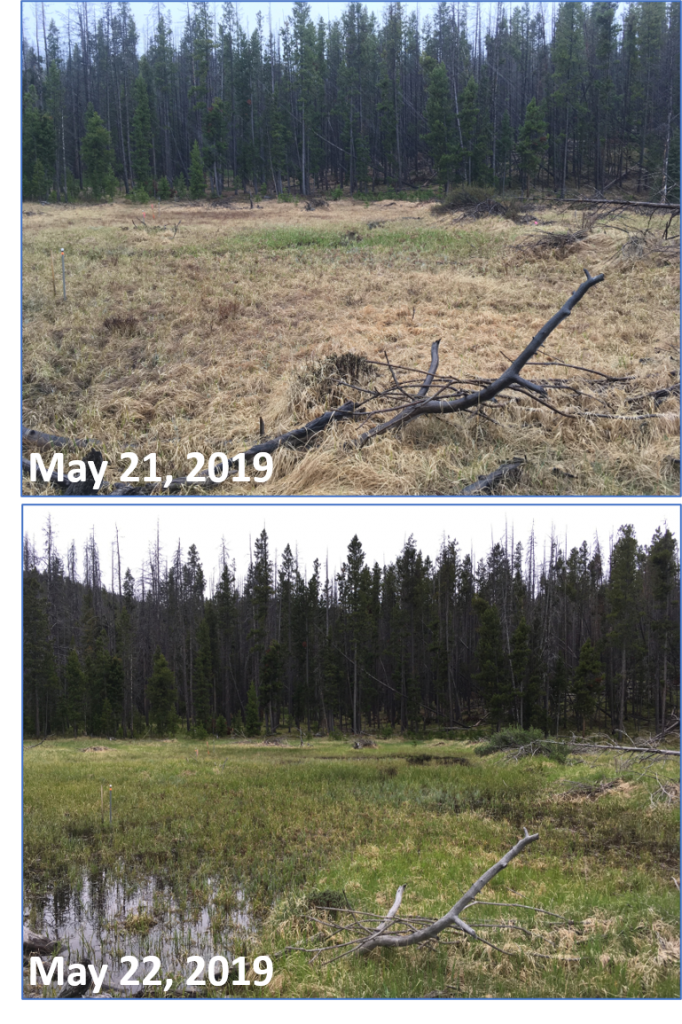
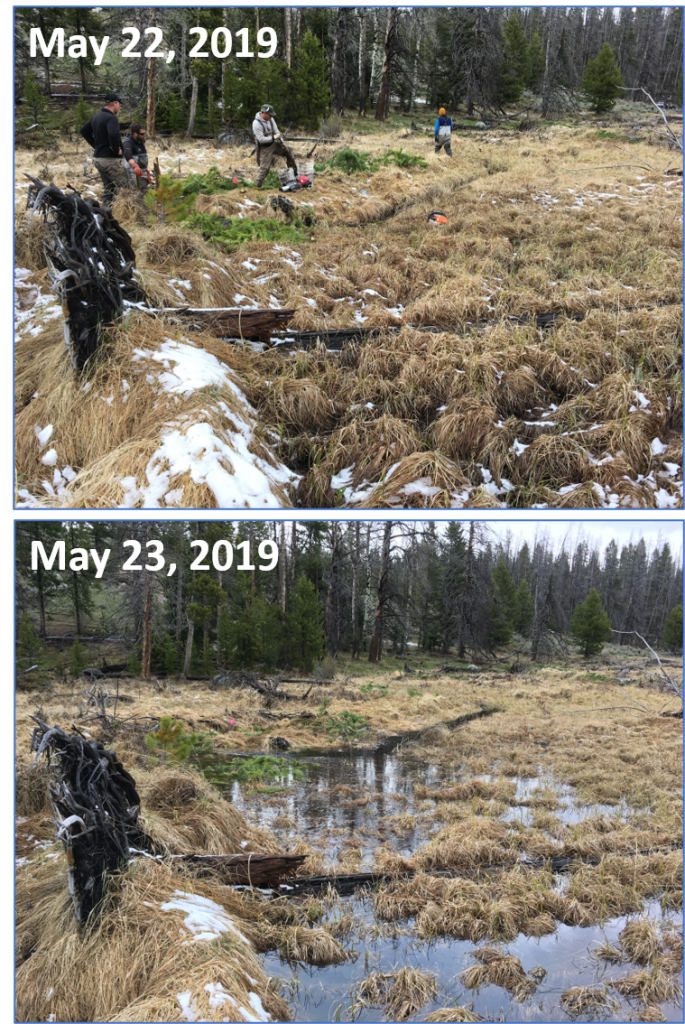
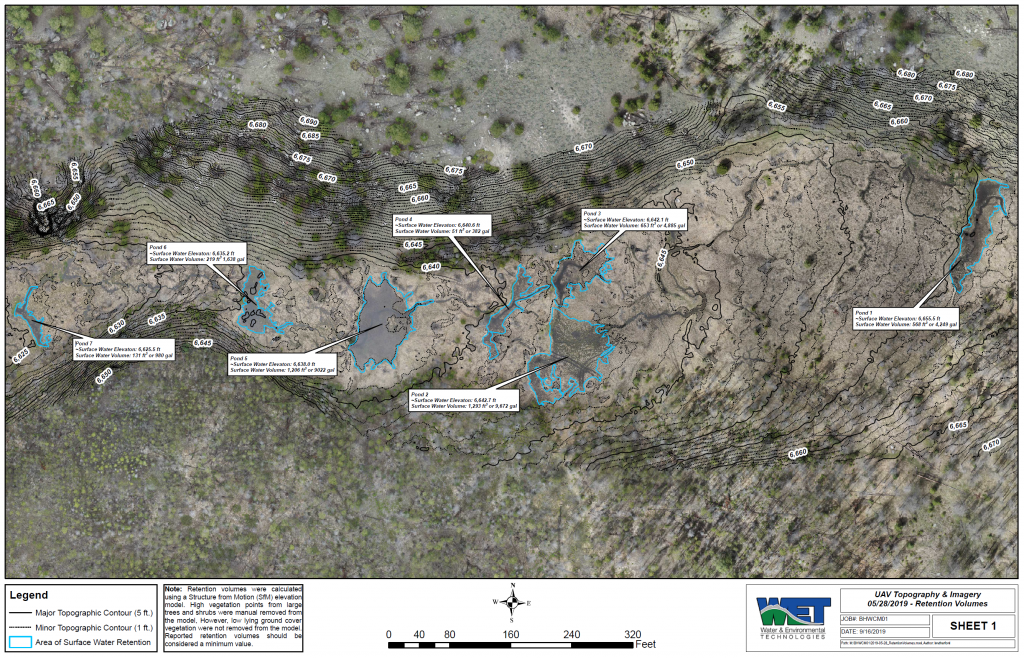
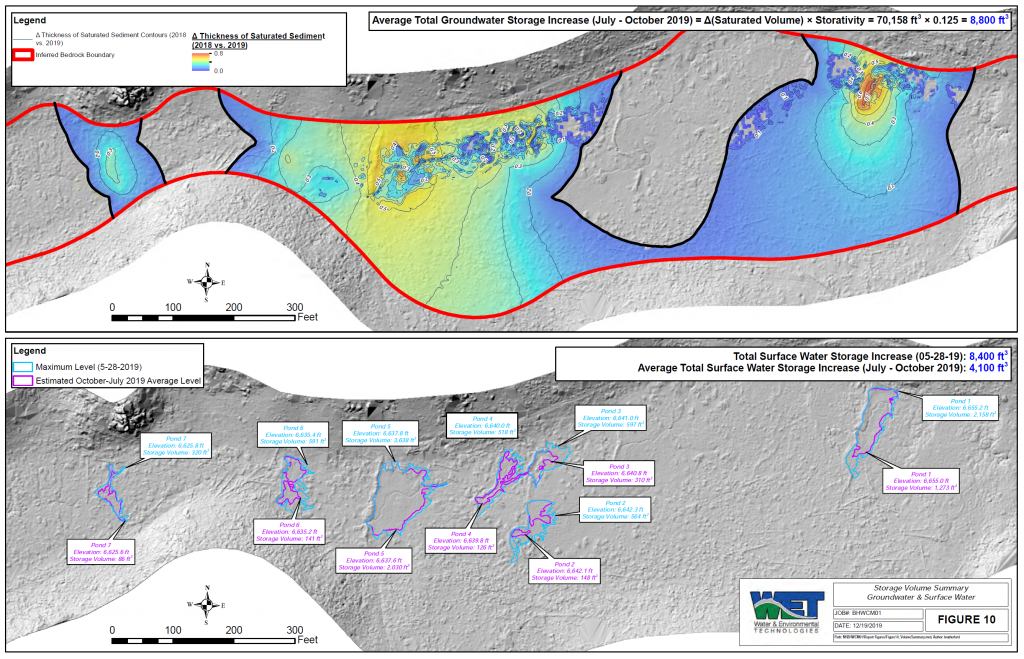
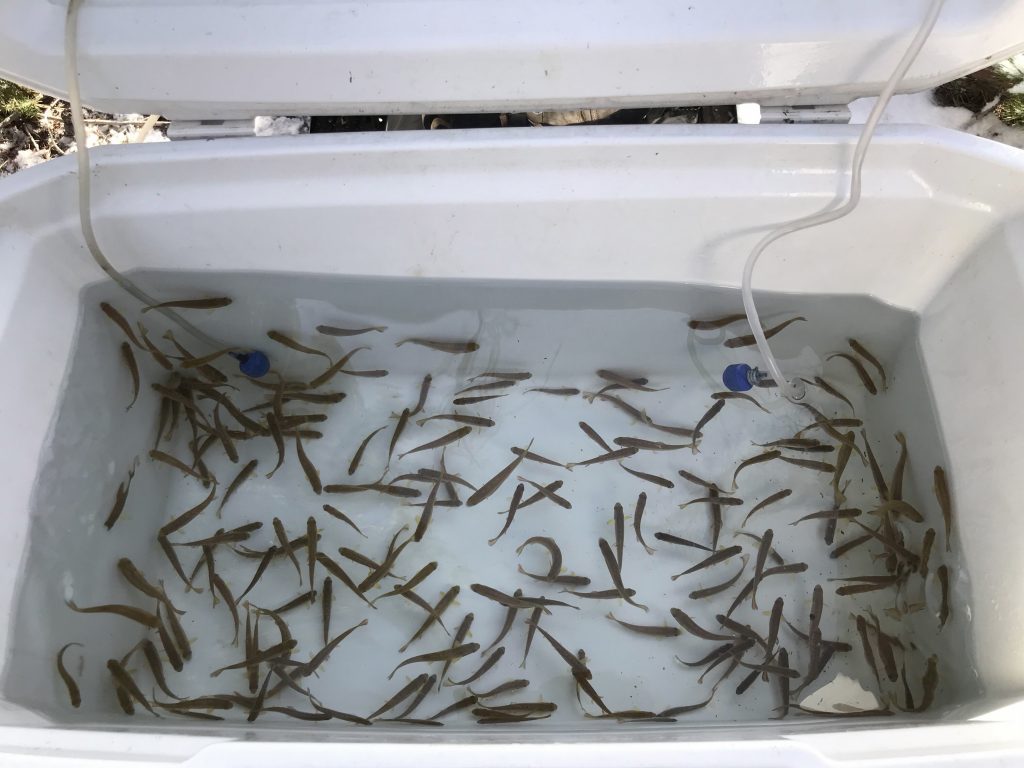
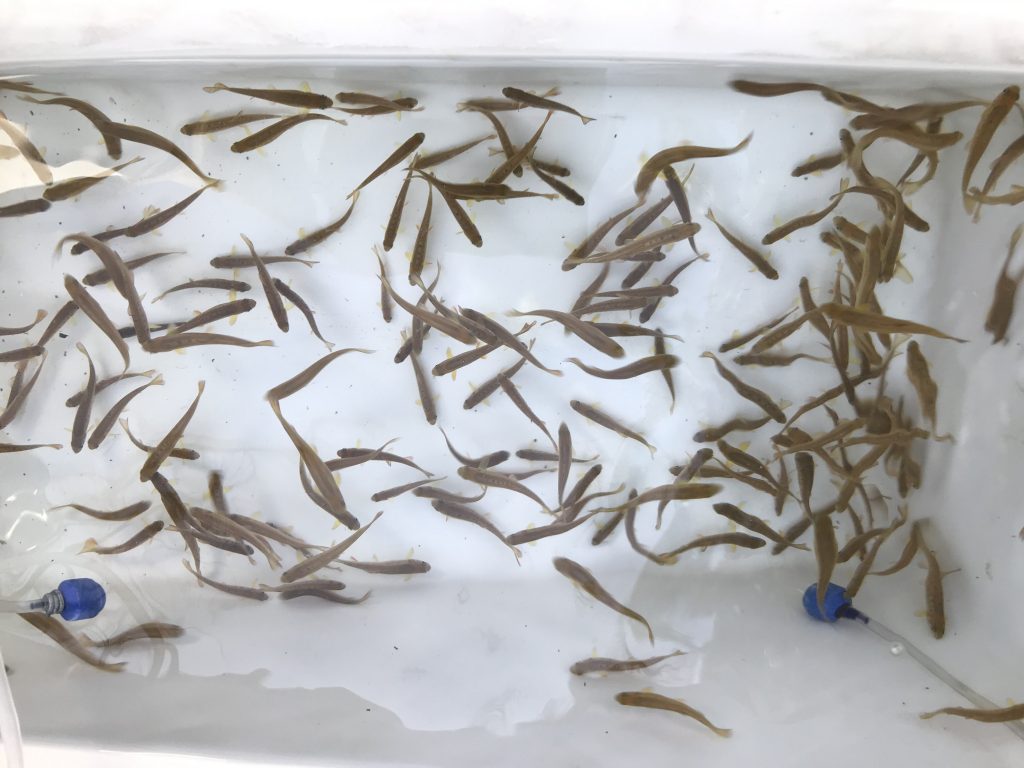
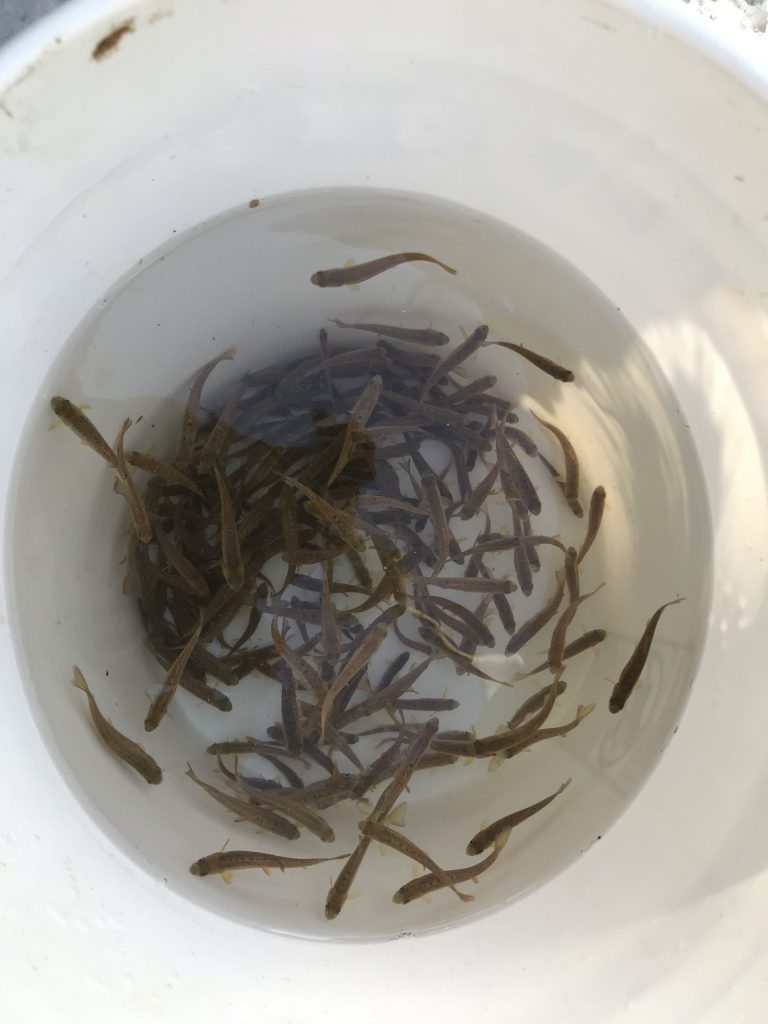
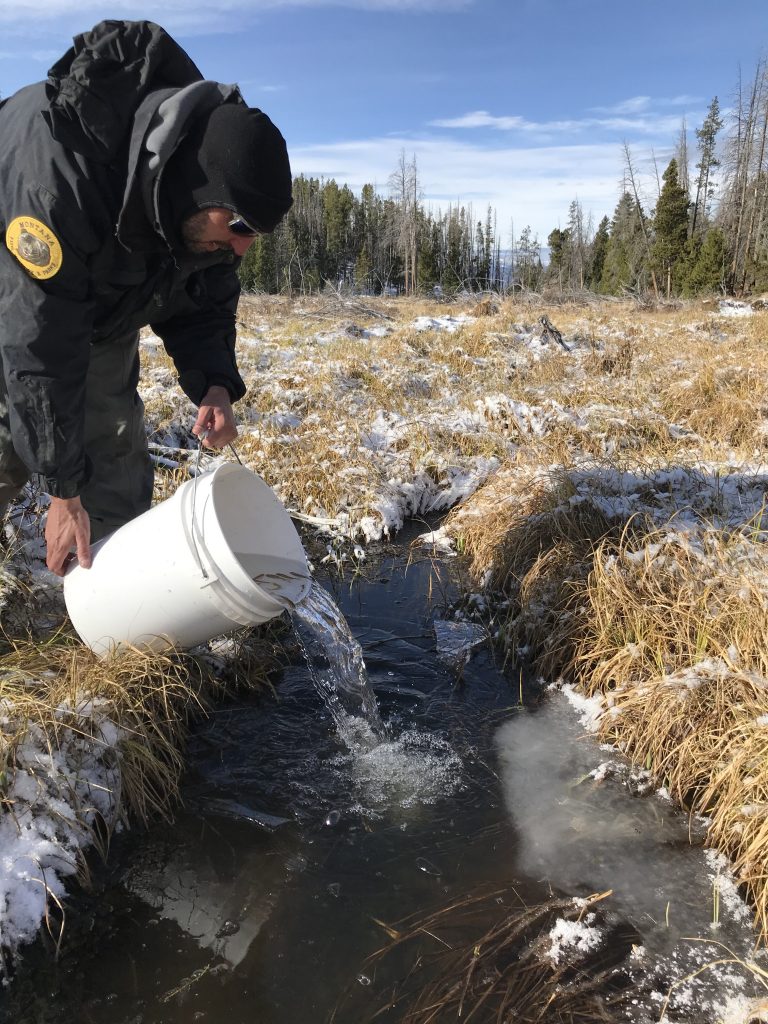
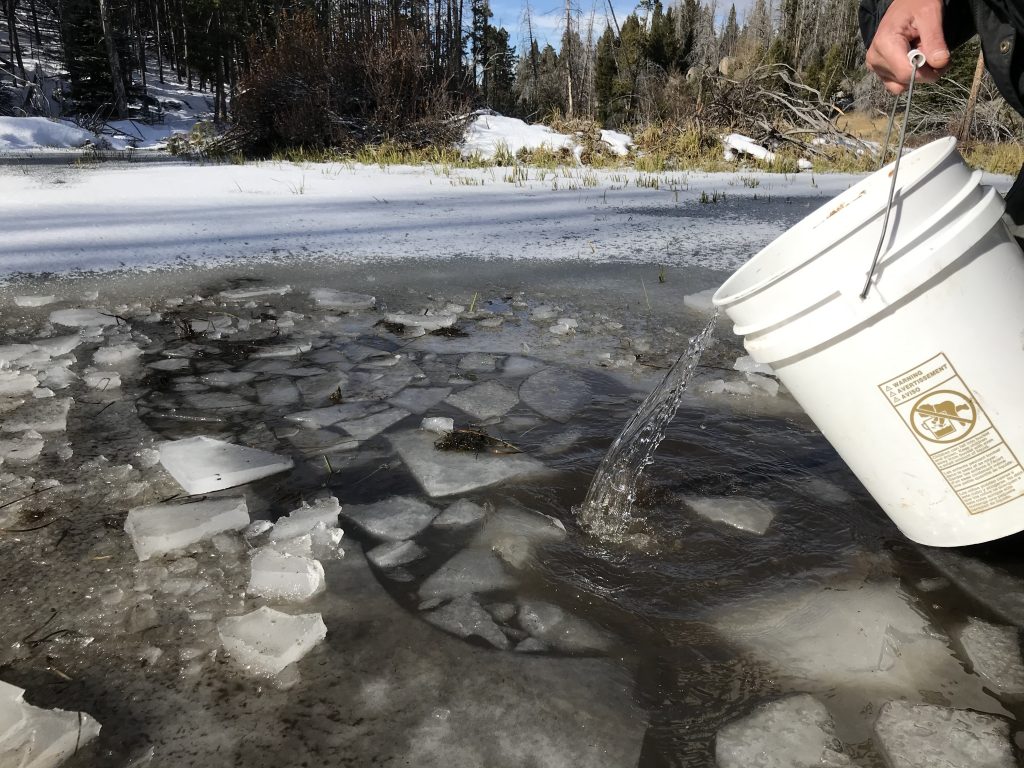
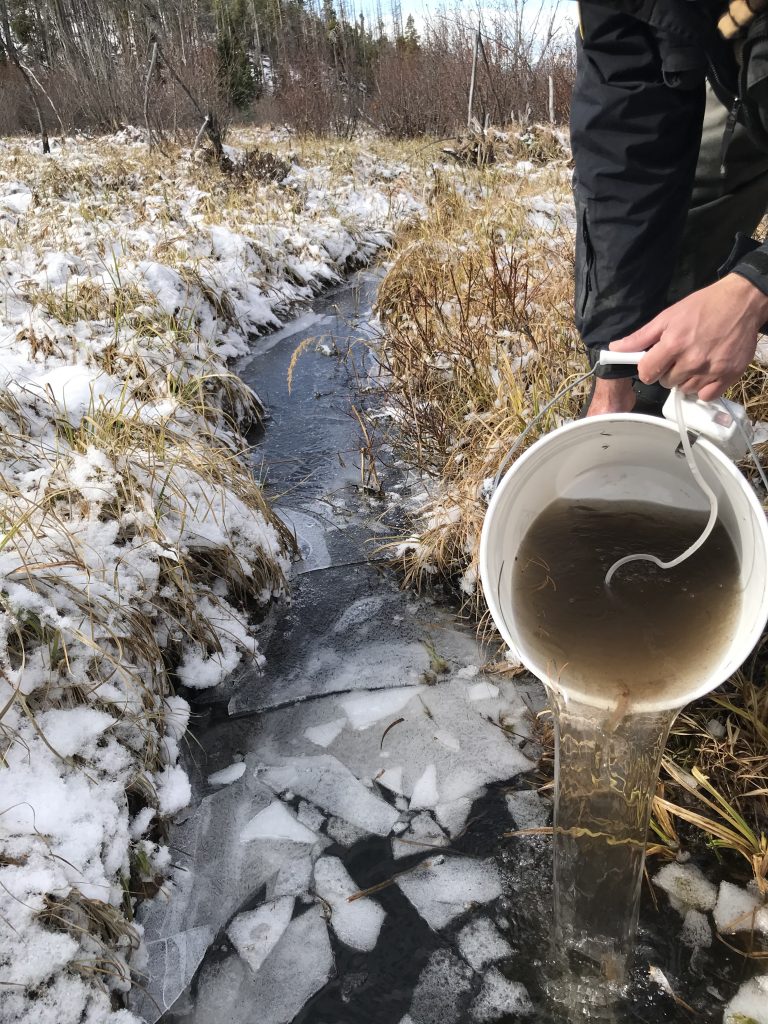
Project MAP
Status
Completed
Type
Wetlands/Mesic Restoration
